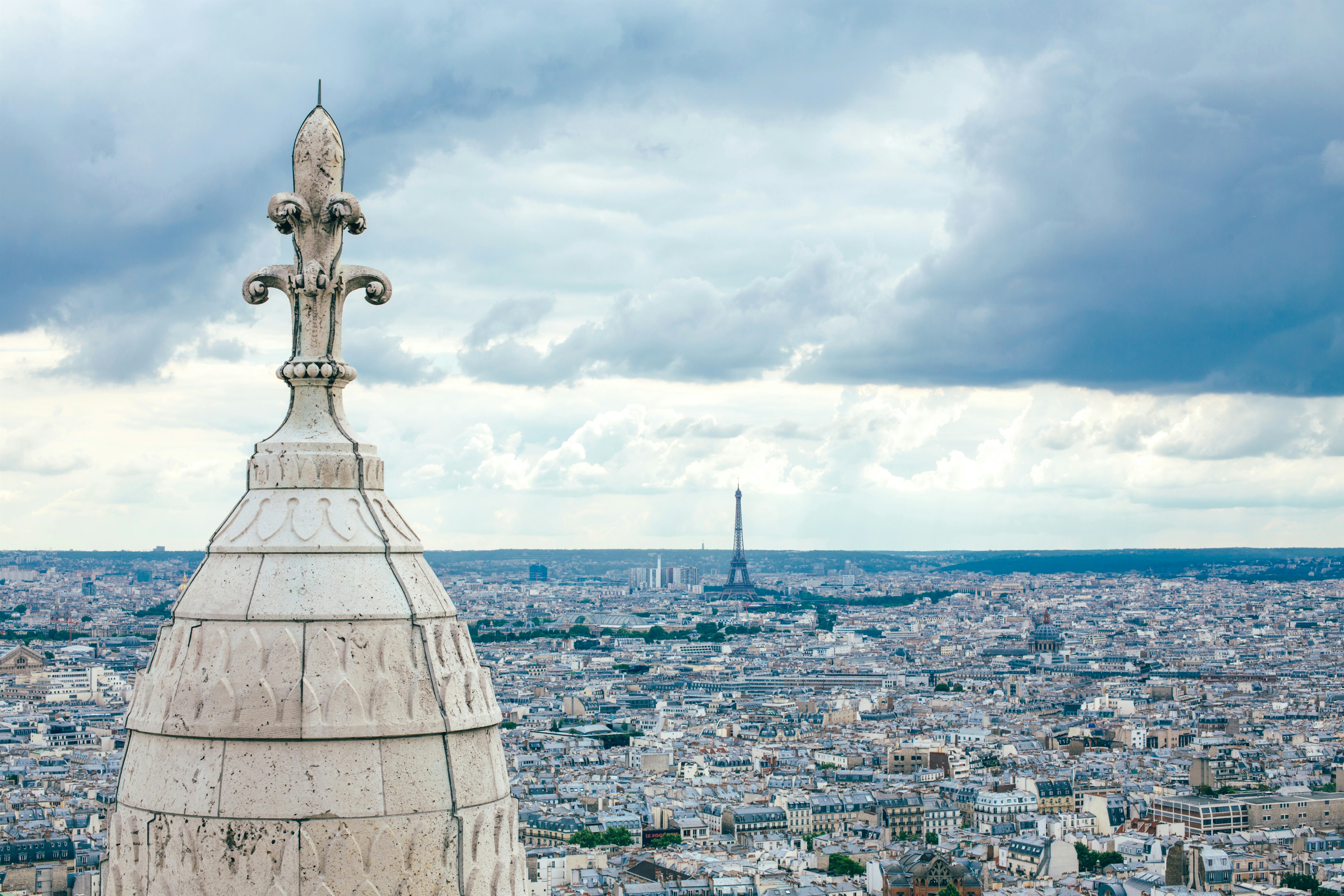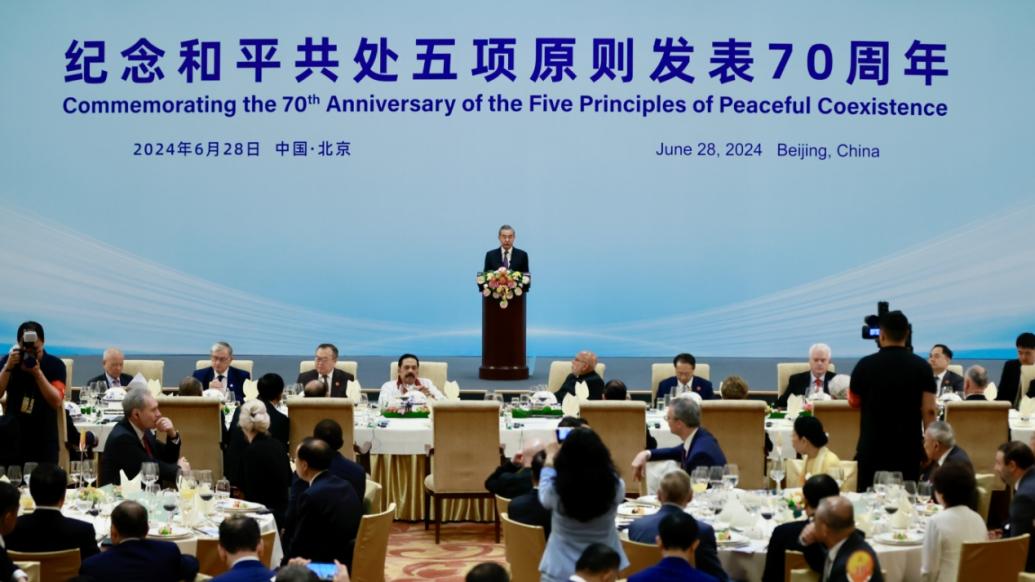
By Henry Hing Lee Chan
How Libra Will Kill the Dollar
The announcement on June 18, 2019 by Facebook to launch a blockchain digital currency, Libra in 2020 opened the Pandora’s box on the current challenges toward currency. In contrast to the hands-off attitude on bitcoin and other cryptocurrencies, the responses of the US government and regulators were swift. In early July, the US Congress asked Facebook to pause development on the Libra cryptocurrency until they had more time to investigate the ramifications of the company’s initiative. In the middle of July, there was a growing chorus of US and international officials who voiced resistance to the tech giant operating its own digital money, with the Trump administration emphatically raising national security concerns on Libra. Public pressures were also building upon the 27 partners of Facebook in the Libra project to quit the endeavor.
In a quarterly update filed with the Securities and Exchange Commission at the end of July, Facebook acknowledged that “market acceptance of such currency is subject to significant uncertainty” and Libra cryptocurrency might not happen after all.
The Libra
Libra is a digital currency proposed by Facebook. The project, currency and transactions are to be managed and cryptographically entrusted to the Libra Association, a membership organization founded by Facebook’s subsidiary Calibra and 27 others across payment (Mastercard, PayPal, PayU, Stripe, Visa), technology and marketplace (Booking Holdings, eBay, Fartech, Lyft, MercadoPago, Spotify, Uber) , telecommunication (Iliad SA, Vodafone), blockchain (Anchorage, Bison Trails, Coinbase, Xapo), venture capital (Andreessen Horowitz, Breakthrough Initiatives, Ribbit Capital, Thrive Capital, Union Square Ventures), and non-profit organizations (Creative Destruction Lab, Kiva, mercy Corps, Women’s World Banking). Each member will inject an initial USD 10 million, and Facebook will maintain a leadership role through 2019.
In contrast to other digital currency, Libra has full asset backing based on financial assets such as a basket of currencies and US Treasury securities on the day it opens; the association will create new Libra currency units based on demand. Libra currency units will be retired as they are redeemed for conventional currency. In contrast to other cryptocurrencies that are decentralized and do not have a final entry of ownership, Libra will rely on trust in the Libra Association as “a de facto central bank”, and the functioning with 100% full asset backing makes it a “currency board” arrangement. The target market of the Libra is the 1.7 billion users of Facebook who do not enjoy affordable payment service now. In the words of the head of the Libra project at Facebook David Marcus, Libra is a “reserve-backed digital currency”, which is an apt description.
In the early July speech of Congresswoman Maxine Waters, chair of the House Financial Service Committee, she called on Facebook to halt the Libra project to give Congress more time to study its potential “challenge to the dollar”.
The Challenge To the Dollar
The Libra project has presented the following challenges to the dollar:
The first challenge is the risk of good money driving out bad money, the so-called Thiers’ Law in economics. A currency board arrangement with reserve backing provides good anchor value to the currency. The promised conversion of USD 35 to an ounce of gold anchored the dollar’s dominant role after World War II after the Bretton Wood Agreement. The expanded usage of the dollar after the war helped to keep it in a prominent position in the global financial system even the conversion ended in 1971.
The analogy carries into Libra; its 100 percent reserved backing means that it can become one of the most stable non-reserved currency in the world. If one looks at the example of two most stable non-reserved Asian currencies, the Singapore Dollar and Hong Kong Dollar, their M3 to foreign exchange reserve ratio run at over 45%. For non-reserve currency, the relationship of foreign exchange reserve and currency stability is straight forward.
While for reserve currency, the situation is a lot more complicated. Their value anchor more on economic strength than foreign exchange reserve position of the issuing countries. However, with continuous monetary expansion through Quantitative Easing (QE) and zero interest rate policy, worries over many reserve currencies going to be debased on value, in the long run, is high. The US dollar is vulnerable as it runs the world’s highest current account deficit, and the federal deficit is again hitting USD 1 trillion in the next fiscal year.
The quick shot down of Libra revealed the concern of decision-makers on the dangers that it posed on the system. It also reflects the current jittery state on whether the current monetary policy is over-stretched or not.
The risk of a good currency, Libra driving out bad currency, the US dollar is remote but not impossible.
The second challenge is the reduced role for the US dollar in foreign exchange reserve once Libra gained popularity. US dollar dominates the global composition of foreign exchange reserve of more than USD 11 trillion with more than 60 percent share, significantly more than the 20 percent share of the next popular currency of euro. The departure from the US dollar reserve cannot be adequately compensated by the purchase of USD by Libra, as the reserve composition of Libra will more likely base on either GDP share, global trade share, parameters based on economic activities and not financial activities. All of which will reflect a reduced role of the US dollar.
The third challenge will be the invalidation of US laws subjecting anyone using the dollar to its domestic laws. US is the only reserve currency country that subjects anyone using its currency to the US local law, particularly when it comes to dealing with American-sanctioned nations. Once Libra gained enough user base, many countries will likely shift some of their transactions away from the USD, particularly for countries that are in the American sanctions list and render those laws ineffective.
The fourth challenge is the psychological impact on the USD. With 1.7 billion users of Facebook around the world, it is relatively easy to launch the product. The benefits of a fully backed currency, a central repository system guaranteeing ownership, possible return promised by the asset behind the Libra will all likely expose the weakness of the current fiat money system. Most economists think that the US is the greatest beneficiary of the fiat money system because it is the largest debtor in the world.
The fifth challenge is the monetary and fiscal authority’s economic regulating power will be severely curtailed. A popular fully backed currency will drive out fiat money when the trust on the government’s ability to indefinitely sustain the expansion of the money supply runs low. This will, in turn, hurt the government’s ability to run expansionary monetary or fiscal policies. The behavior restraint will challenge many economic tenets on economic cycle regulations and managing demand to sustain growth.
The Walmart Move
The controversy over Libra has not deterred other players from working on a similar concept. Retail giant Walmart has applied for a cryptocurrency patent that bears some similarities to the Libra token.
In its application with the US Patent and Trademark Office, Walmart touts the concept of a digital currency fully backed and “tied to a regular currency” — that is, what’s commonly known as a stablecoin. The company suggests that the proposed coin could help provide finance for those with limited access to banking services. The supply of affordable financial service to the poor is a powerful message that is also employed by Facebook when it announced the Libra.
A Wake-up Call
The quick shot down of Libra revealed the concern of decision-makers on the dangers that it posed on the system. It also reflects the current jittery state on whether the current monetary policy is over-stretched or not. Many analysts have expressed concern about the long term sustainability issue behind the demand-driven economic growth model. Perhaps the alarm raised by the aborted Libra can serve as a wake-up call for decision-makers to look at some more fundamental problems of their economy and adjust their policies to a more sustainable path.
The Libra proposal also calls attention to the relationship between technology and monetary policy; they are more closely linked now and relations more complicated than ever. One of the most openly mentioned oppositions to the Libra was the potential monopolization of the payment system by the popular websites of the high technology companies.
The country with the most sophisticated mobile payment system, China has two companies, Alipay and Tencent controlling more than 90 percent of the market. The running cost of banking business such as consumer banking, mortgage banking and payment system has dropped significantly with the application of technology in recent years. In the competition between technology companies and banks on those services, the banks suffer from high regulatory cost while the technologies companies are generally free from regulatory cost. The proper role that technology companies play in the financial system should be more thoroughly studied and defined carefully if we want to tap the full benefit of technology in the finance sector.
























Leave a Reply
Your email address will not be published. Required fields are marked *